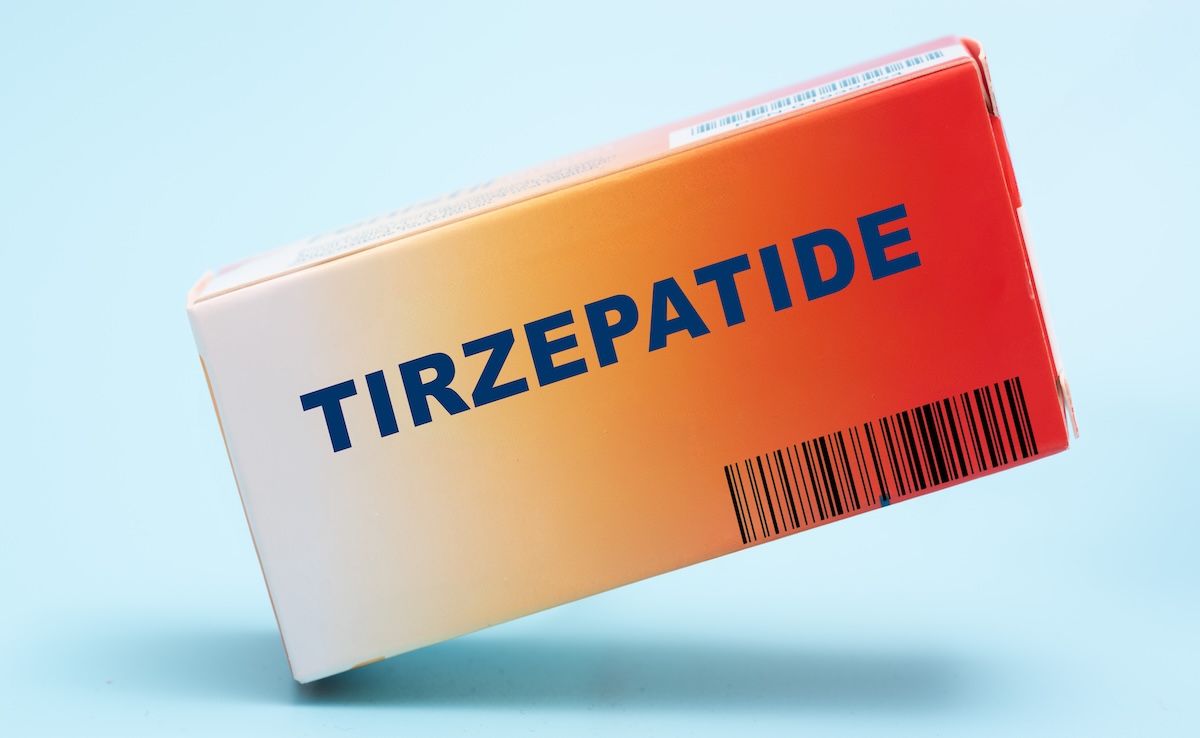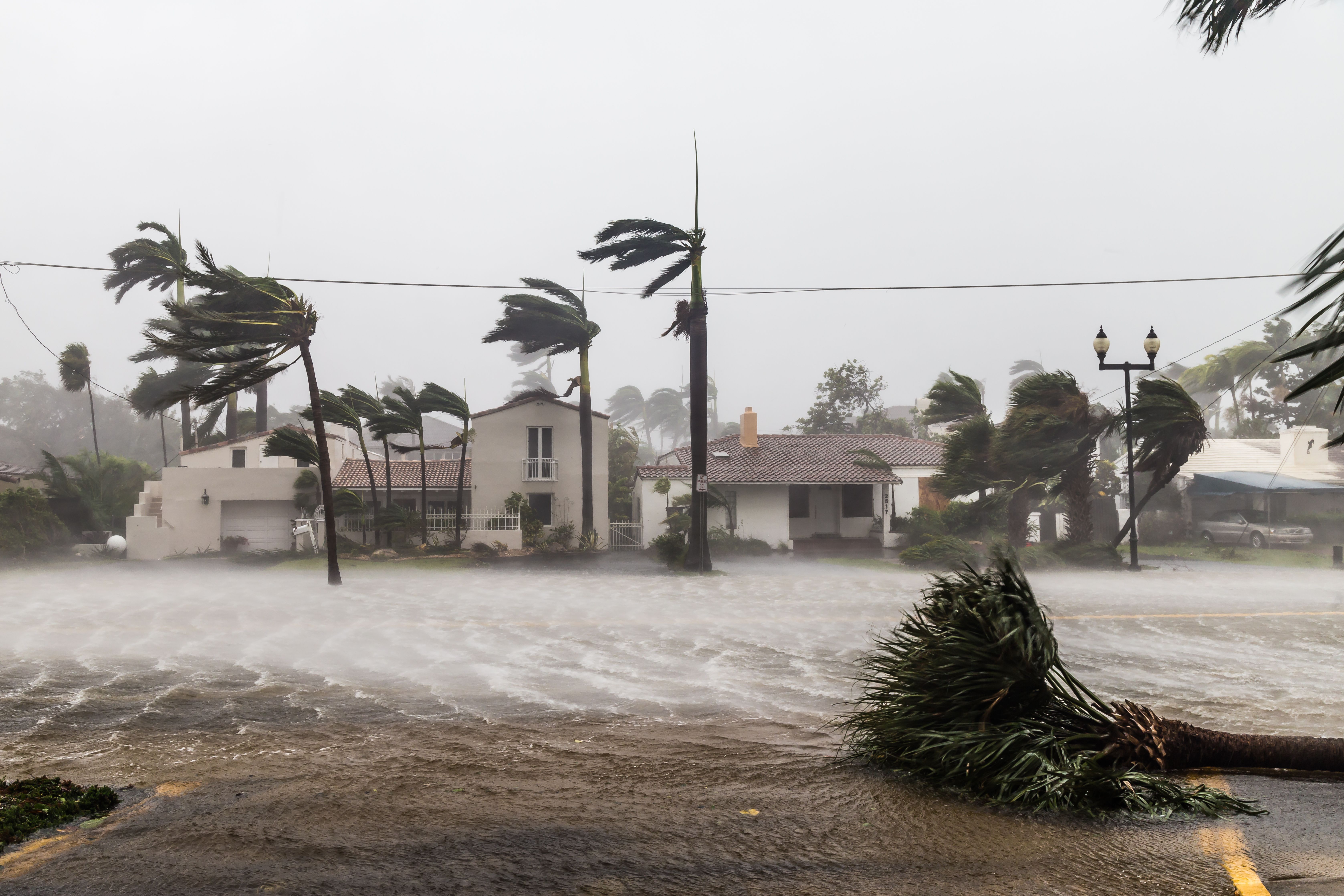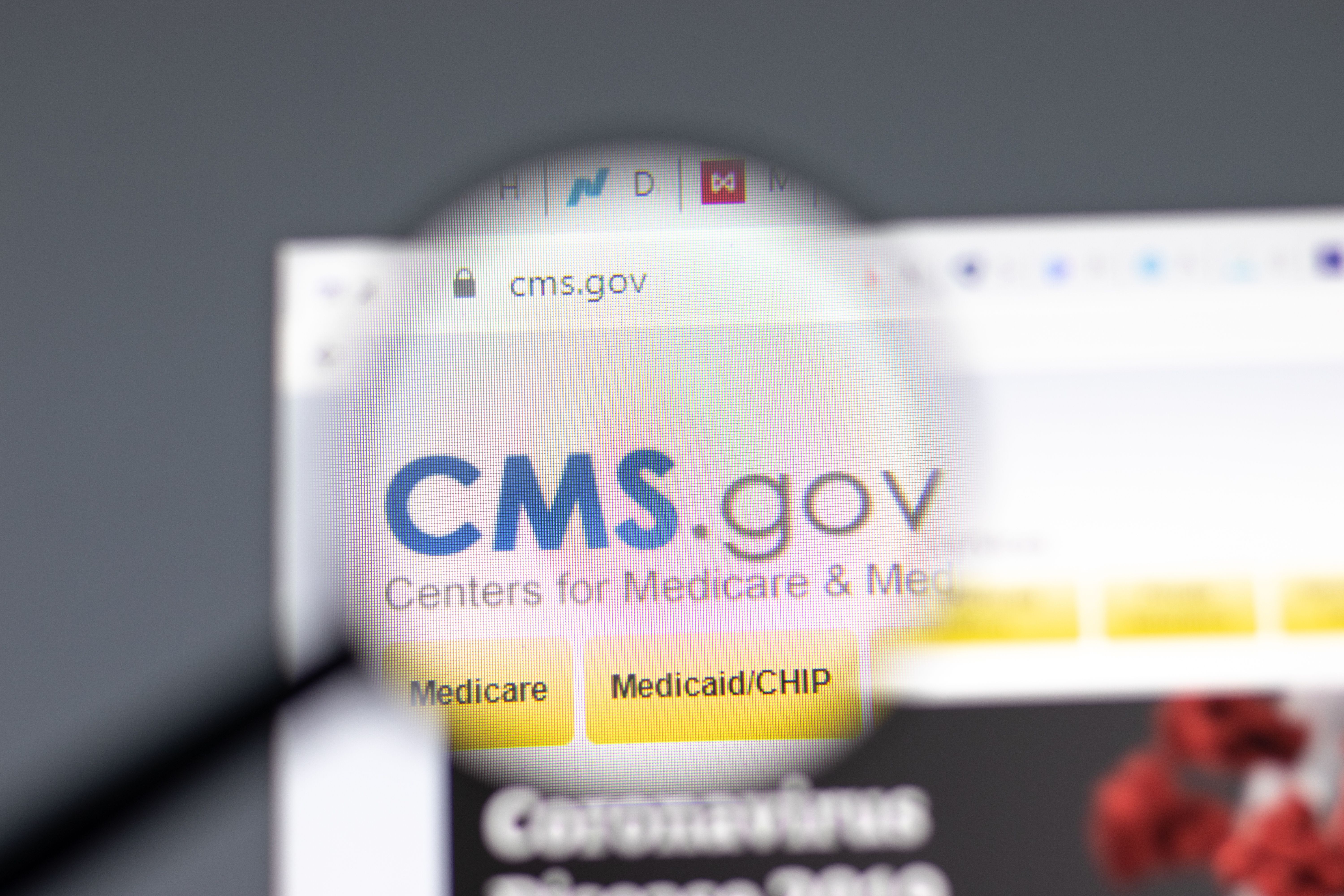Article
HIV-Related Deaths Decline, but Disparities Still Exist Among Multiple Populations
Author(s):
While death rates related to HIV infection declined from 2010 to 2017, differences in HIV-related deaths remain among certain populations.
Although HIV deaths are considered preventable, HIV infection remains one of the 10 leading causes of death among certain populations, indicating the continued importance of early diagnosis, prompt treatment, and access to high-quality care and treatment, according to a study published in Morbidity and Mortality Weekly Report.
From 2010 to 2018, the death rate among persons with diagnosed HIV (PWDH) declined by 36.6% overall from 19.4 to 12.3 per 1000 PWDH, which surpassed the national target of reducing the death rate by ≥ 33.3% by 2020.
CDC analyzed data from the National HIV Surveillance System, the primary source of population-based information about HIV in the United States, about deaths from 2010 to 2018 among people 13 years and older with diagnosed HIV infection. International Classification of Diseases, Tenth Revision codes were used to classify deaths as either HIV-related or non–HIV-related.
Overall, the rate of death decreased by 36.6% and the number of deaths among PWDH decreased by 7.5% during the time period. During this time, the rate of HIV-related deaths decreased much more drastically than the rate of non–HIV-related deaths in this population. The rate of HIV-related deaths decreased 48.4% from 9.1 to 4.7 per 1000 PWDH from 2010 to 2017 (the latest year available due to delays in reporting). Meanwhile, the rate of non–HIV-related deaths only decreased 8.6% from 9.3 to 8.5 over the same time period.
“The decline in HIV-related deaths proves that investments in HIV testing, care, and treatment are paying off, but we should also protect people from getting HIV in the first place,” Jonathan Mermin, MD, MPH, director of CDC’s National Center for HIV/AIDS, Viral Hepatitis, STD, and TB Prevention, said in a statement.
Racial and ethnic differences in HIV-related death rates declined during the study period. The HIV-related death rates for Hispanic/Latino persons and White persons had dropped to the same rate (3.9 per 1000 PWDH) by 2017. However, while the absolute gap between Black and White persons fell by two-thirds from 2010 to 2017, Blacks still had a substantially higher HIV-related death rate at 5.6 per 1000 in 2017.
When looking at the population by age group, the researchers found that the proportion of deaths that were HIV-related decreased with age. PWDH between the ages of 13 and 24 had the greatest proportion (48.6%) and PWDH aged ≥ 55 years had the lowest (30.0%) “because the rate of non–HIV-related death increased with age more than the rate of HIV-related death.” The researchers found this to be troubling because HIV-related deaths are preventable.
“Higher proportions of undiagnosed HIV infections and lower levels of viral suppression are more common among younger persons,” they wrote. “Additional efforts are needed to ensure younger persons are aware of their infection and able to access and adhere to recommended, ongoing HIV treatment to improve health outcomes.”
Rates also varied widely by geographic location. In 2017, HIV-related death rates were highest in Mississippi (10.3), Puerto Rico (9.2) and South Carolina (8.0); rates were lowest in New York (3.0), Massachusetts (3.1), and Delaware (3.2).
The researchers noted 2 limitations: first, that HIV-related deaths might be underreported for a few reasons, including lack of knowledge and reluctance to include HIV on the death certificate; second, the proportion of deaths with a known cause was less than 100% and it was particularly lower for certain demographics, such as Asians, and jurisdictions, such as Hawaii in 2017.
“Diagnosing HIV infection early, treating it promptly, and maintaining access to high-quality care and treatment over a lifetime can improve life expectancy and reduce differences in rates of deaths across all populations,” the authors concluded.
Reference
Bosh KA, Satcher Johnson A, Hernandez AL, et al. Vital signs: deaths among persons diagnosed with HIV infection, United States, 2010-2018. MMWR Mortal Wkly Rep. 2020:69(46)1717-1724. doi:10.15585/mmwr.mm6946a1
2 Commerce Drive
Suite 100
Cranbury, NJ 08512
© 2025 MJH Life Sciences® and AJMC®.
All rights reserved.




